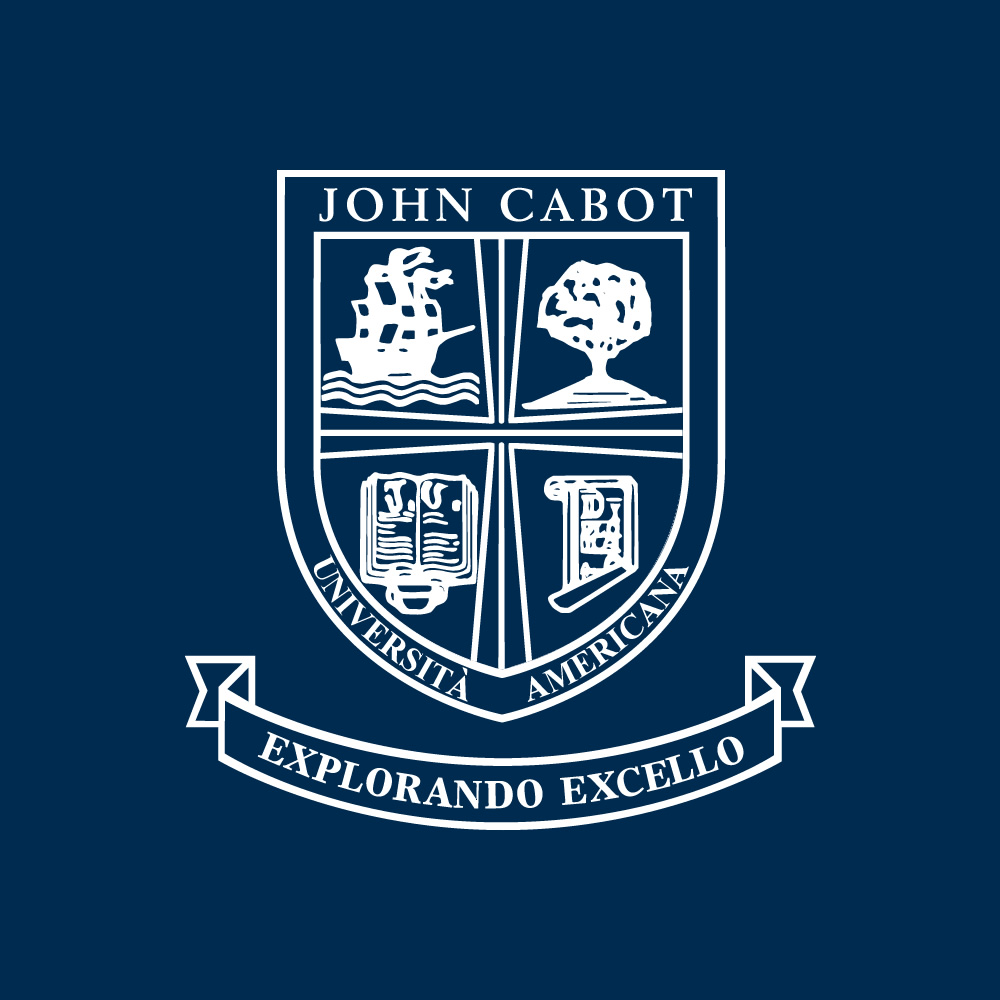

 The ancient Romans are remembered as masters of architecture, infrastructure, and practical design -and this mastery is why so many of their structures still stand today. At the height of its power, Rome’s empire spread across much of modern day Europe, which means historians and archaeologists have been kept well occupied, investigating remnants of the ancient world across this vast terrain.
The ancient Romans are remembered as masters of architecture, infrastructure, and practical design -and this mastery is why so many of their structures still stand today. At the height of its power, Rome’s empire spread across much of modern day Europe, which means historians and archaeologists have been kept well occupied, investigating remnants of the ancient world across this vast terrain.
To this day, excavation sites are set up throughout the Eternal city, continually yielding compelling clues about ancient Roman life. Students who study abroad in Italy get to visit some of these sites, as well as world famous landmarks like the Trevi Fountain, the Spanish Steps, the Sistine Chapel and the Colosseum. But when you attend a university in Italy, you have the chance to go a little deeper than the average tourist.
While living like locals in the heart of Rome, students often uncover little known facts about the city’s history and cultural traditions - it’s one of the perks of total immersion in one of world’s most fascinating cities. Here are a few examples that might surprise you:
The Romans Invented Central Heating
While tourists typically experience Rome in the heat of the summer, university students often live there year round, and can enjoy the city in all four seasons - including winter. Although it doesn’t get too far below zero, the ancient Romans were chilly enough to develop the world’s first version of central heating. Walls were built with cavities so that hot air from the furnace room below could circulate throughout the entire structure, keeping rooms (and their inhabitants) toasty warm. This system, known as the hypocaust is thought to be the work of Roman engineer Sergius Orata, who came up with the brilliant heating solution around 100 BCE.
John Cabot students can study the hypocaust system at Rome’s Baths of Caracalla, where underground chambers heated the water for bathers.
The Colosseum: Repurposed as a Rental Property?
Most people associate the Colosseum with spectacle and bloodsport - the site of battles to the death featuring larger than life gladiators and wild animals. After all, that’s typically how the story goes in books and films. However, it is perhaps not so well known that the Colosseum, like many large theatres, fell on hard times when the shows it was built to host went out of style.
Gladiatorial games came to an end in the 6th century AD, and the grand Colosseum began to crumble out of neglect. Eventually, parts of it were rented out to craftsmen and the arena floor was used as a cemetery! At one point, ingenious Romans actually sourced part of the eroding structure for building stone, turning particularly worn out sections into quarries. It’s important to note though that the Colosseum eventually found its way back into the entertainment business - world famous superstars have performed there, including Sir Paul McCartney, Ray Charles and Elton John.
The First Shopping Mall was Built in Rome
Most of us think of shopping malls as a modern invention - an inevitable result of industrialization, mass production and growing consumerism. But commercial markets have been around for thousands of years as important centers of trade, culture and social exchange. Rome, however, is home to a particularly sophisticated example called Trajan’s Market, which is widely considered the world’s very first “mall.” While ancient markets were typically open-air, and quite simple in their design, Trajan’s is very grand. The fully covered structure featured multiple floors and seemingly endless hallways of shop spaces, storage areas, and even conference rooms for conducting business! It looked surprising like the enormous, multi-purpose shopping centers we’re so familiar with today.

Students who study abroad in Rome can actually visit the well-preserved ruins of Trajan’s Market, which in its prime housed over 150 shops and offices, and remained a thriving commercial hub for over two centuries.
Do you know any surprising facts about Rome? Which landmark would you visit first?




